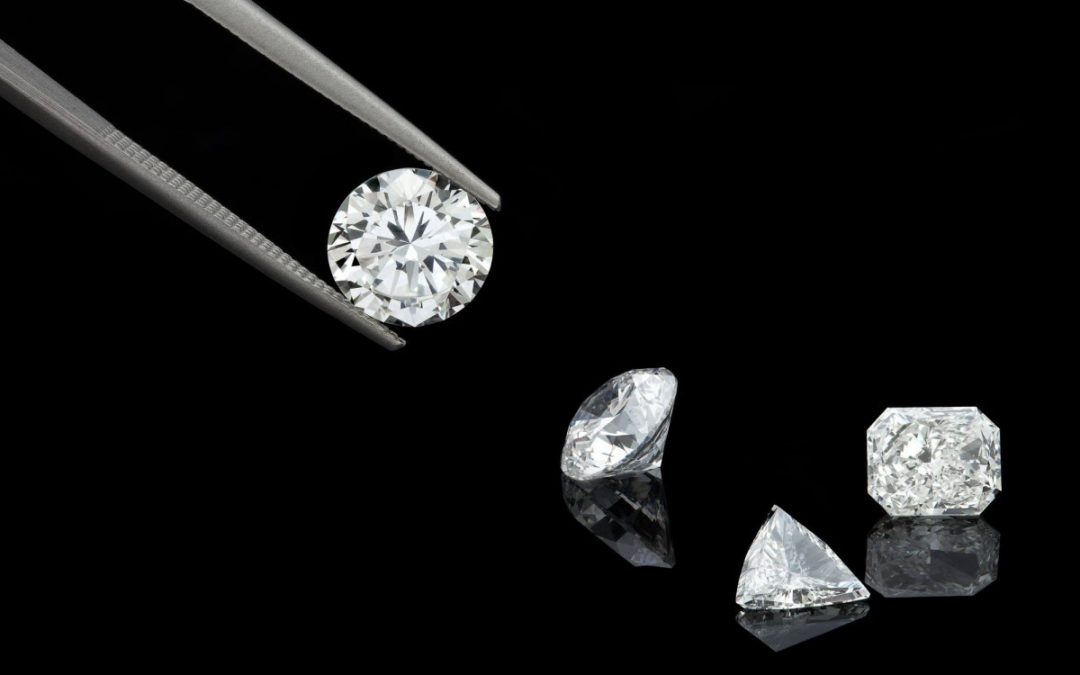Introduction to Lab Grown Diamonds
What are Lab Grown Diamonds? Lab grown diamonds, also known as synthetic diamonds or cultured diamonds, are produced in controlled laboratory environments using cutting-edge technology that replicates the natural diamond formation process.
How are Lab Grown Diamonds Created?
Unlike natural diamonds formed deep within the earth’s mantle over billions of years, lab grown diamonds are created through two primary methods: High Pressure High Temperature (HPHT) and Chemical Vapor Deposition (CVD). These methods simulate the extreme conditions under which diamonds naturally crystallize, resulting in gem-quality diamonds with identical physical and chemical properties to mined diamonds.
Key Differences Between Lab Grown and Mined Diamonds While chemically identical to natural diamonds, lab grown diamonds differ in their origin and formation process lab grown diamonds insider story. Mined diamonds are a product of geological processes involving volcanic activity and pressure over millennia, whereas lab grown diamonds are cultivated within weeks or months in controlled laboratory settings.
History and Evolution
Origins of Lab Grown Diamonds The concept of creating diamonds artificially dates back to the mid-20th century, driven by scientific curiosity and the desire to replicate nature’s most precious gemstone.
Technological Advances in Diamond Synthesis Advancements in materials science and engineering have significantly enhanced the efficiency and scalability of diamond synthesis methods, making lab grown diamonds more accessible and cost-effective.Growth of the Market for Lab Grown Diamonds In recent decades, the market for lab grown diamonds has experienced exponential growth, driven by increasing consumer demand for ethically sourced and environmentally friendly alternatives to mined diamonds.
Benefits of Choosing Lab Grown Diamonds
Environmental Impact One of the most compelling advantages of lab grown diamonds is their minimal environmental footprint compared to mined diamonds. The extraction and processing of natural diamonds involve significant land disturbance, energy consumption, and carbon emissions, whereas lab grown diamonds require far fewer resources and produce less waste.
Ethical Considerations Lab grown diamonds are inherently conflict-free, offering consumers peace of mind knowing that their purchase supports ethical practices and sustainable technologies.Quality and Characteristics Compared to Natural Diamonds Contrary to misconceptions, lab grown diamonds exhibit the same brilliance, clarity, and durability as their natural counterparts. They are graded using the same rigorous standards established by gemological laboratories worldwide, ensuring transparency and reliability for consumers.
Challenges and Misconceptions
Common Myths About Lab Grown Diamonds Despite their rise in popularity, lab grown diamonds still face skepticism and misconceptions in the marketplace. One common myth is that lab grown diamonds are inferior to natural diamonds in terms of value and beauty, which is not supported by scientific evidence or consumer experience.Perceived Value vs. Real Value The perceived value of diamonds, whether natural or lab grown, is often influenced by cultural norms and marketing strategies rather than intrinsic qualities alone. Educating consumers about the distinctions between these types of diamonds is crucial for making informed purchasing decisions.
Addressing Consumer Concerns Concerns about authenticity, resale value, and emotional symbolism are legitimate considerations for consumers exploring lab grown diamonds. However, as awareness grows and technology advances, these concerns are gradually being addressed through industry standards and consumer education initiatives.
Man made diamonds, also known as synthetic or lab-grown diamonds, are transforming the gemstone industry with their remarkable blend of beauty, ethics, and affordability. Created in controlled environments that replicate the natural conditions under which diamonds form, these stones boast the same physical and chemical properties as their mined counterparts. The process involves two primary methods:
Production Process Explained
Detailed Steps in Diamond Synthesis The production of lab grown diamonds begins with the selection of high-purity carbon sources, such as graphite or methane, which are exposed to extreme pressure and temperature conditions inside a growth chamber.
High Pressure High Temperature (HPHT) vs. Chemical Vapor Deposition (CVD) Methods HPHT and CVD are the two primary methods used to create lab grown diamonds, each offering distinct advantages in terms of scalability, cost-efficiency, and control over diamond characteristics.Quality Control and Certification Standards To ensure consistency and quality, lab grown diamonds undergo rigorous testing and certification by independent gemological laboratories, such as the Gemological Institute of America (GIA) or International Gemological Institute (IGI). These certifications provide consumers with confidence in the authenticity and value of their diamond purchases.
Conclusion
In conclusion, the rise of lab grown diamonds represents a paradigm shift in the diamond industry, offering consumers a sustainable, ethical, and high-quality alternative to mined diamonds. As awareness grows and technological capabilities expand, lab grown diamonds are set to redefine the future of luxury and innovation, inspiring a new generation of consumers and industry leaders alike.



